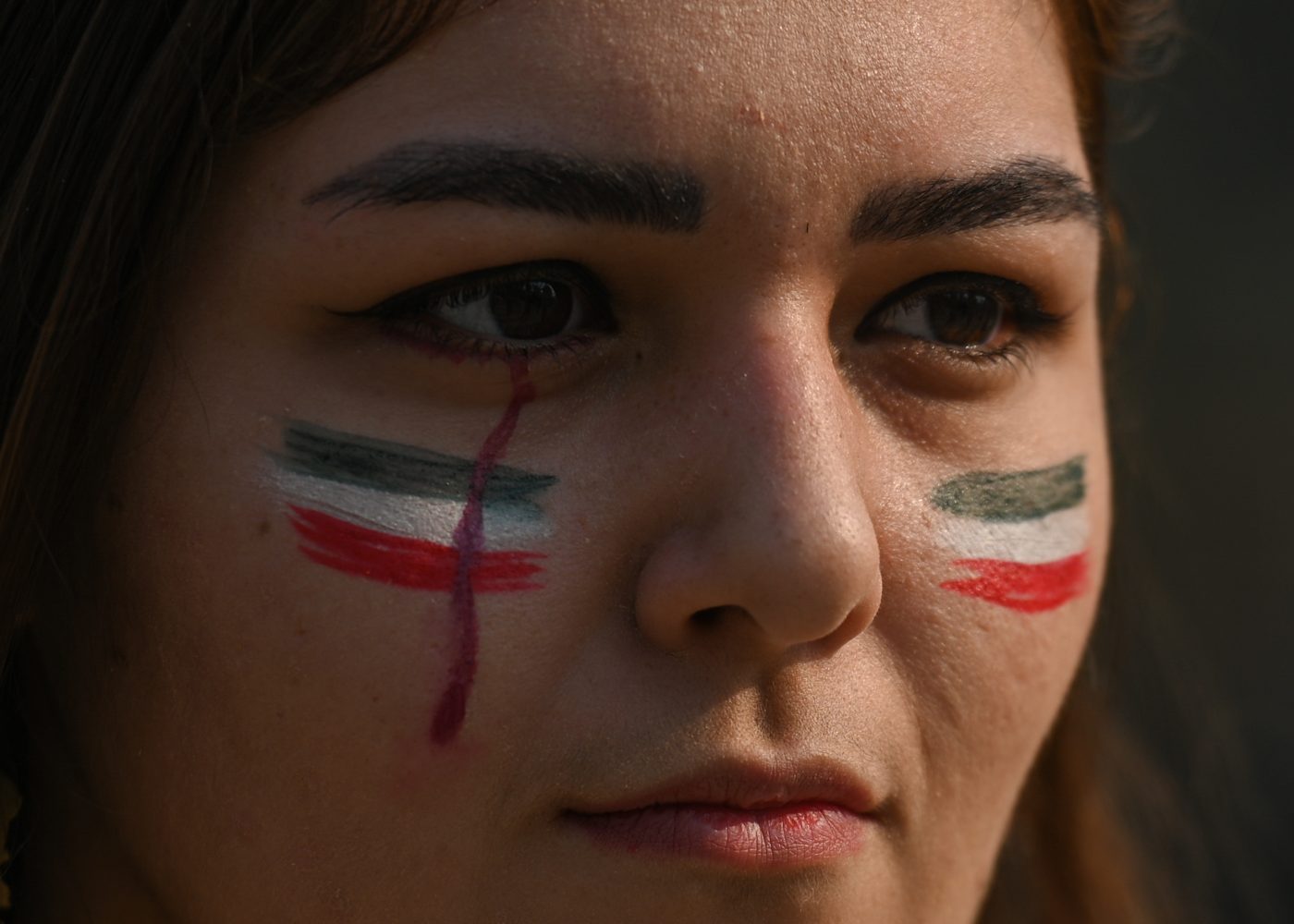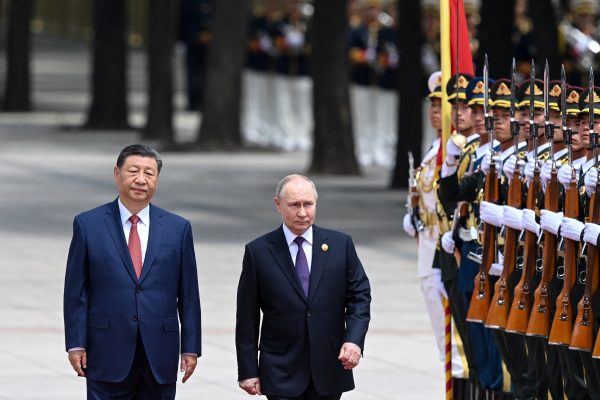September 16 marked the one-year anniversary of the death of Mahsa Amini, 21, a popular Iranian influencer, at the hands of Iran’s so-called morality police. That her offense amounted to no more than letting her hair show in public sparked outrage across the country and around the world.
Protests rocked Tehran and other major cities, as week after week demonstrators braved imprisonment and gunfire to fight for their rights, and captured the world’s imagination.
A year later, the protests have dwindled. A brief thaw in the enforcement of modesty codes in major cities was soon replaced by another crackdown. Just before the anniversary, the Iranian authorities detained Amini’s father, meeting only scattered resistance.
The anniversary came and went, and the regime remained as entrenched as ever.
Suppressing nationwide uprisings has become a regular event for the regime, and its tactics are now well-honed: portray the protests as foreign in origin, pit the country’s ethnic groups against each other, and deal savagely with anyone who remains on the streets.
The Amini protests were the latest in a wave that began in 2017 when the anticipated economic benefits from sanctions relief ended up largely in the hands of entities linked to the Islamic Revolutionary Guard Corps. Since then, large-scale protests sparked by everything from food prices to water scarcity and bazaar regulation have rocked the country.
These currents were all present in the protests last year, beyond the main focus on sex-based rights in the major cosmopolitan cities. Amini’s status as not just a woman, but also a Kurd and a Sunni, added layers to the discontent.
Beyond economic and gender concerns, much unrest has centered on the tension between the mullahs’ vision of Iran as a pan-ethnic unitary Shiite revolutionary state and the aspirations of separatists and federalists from Sunni ethnic groups.
Of more than 500 left dead from the national crackdown, 136 died in Balochistan, home to the Sunni Balochis, and 112 in two provinces covering the Kurdish homeland along the Iraqi and Turkish borders.
In these turbulent regions, each with insurgencies dating to the Islamic Republic’s founding or before, the regime found a narrative to suppress the unrest. Violence from the most extreme factions allowed the regime to shift the focus from a fight for women’s rights to a fight against those wanting a divided and disempowered Iran.
“Federalism Means the Disintegration of Iran,” read one headline over an article explaining that separatists were now the “leaders of Iran’s protests.” The protests were the work of “American and Israeli agents” who sought to tear Iran apart, according to a piece published in a leading Iranian political science journal. The regime became so committed to the idea that the unrest had foreign origins that it used the protests as an excuse to bomb Northern Iraq.
Violence from groups opposing the regime, whether fabricated, for example when the Revolutionary Guard blamed Baloch separatists for its killing of as many as 90 protestors, or real, like the Islamic State attack on a mosque in Shiraz, helped the regime position itself as the defender of national order against foreign disruptors.
In this strategy, Iran followed the lead of its Syrian ally Bashar al-Assad, who released jihadists from prison so that he could paint the opposition as extremists, which in turn became a self-fulfilling prophecy.
The harsh crackdown, coupled with media control that framed the situation as a battle between defenders of a unified Islamic ideology and secularists, ethnic nationalists, and jihadists, managed to snuff out the protests.
However, while Iran has become a world leader in quashing protests, it still falls behind other authoritarian regimes when it comes to preventing protests from erupting in the first place. Even the most credulous regime supporter must soon realize that these supposedly foreign conspiracies involve close to a majority of Iranians.
Ben Dubow is a Nonresident Fellow at CEPA and the founder of Omelas, which tracks authoritarian influence online.
Europe’s Edge is CEPA’s online journal covering critical topics on the foreign policy docket across Europe and North America. All opinions are those of the author and do not necessarily represent the position or views of the institutions they represent or the Center for European Policy Analysis.





